Want to see more photos of our house, including lots of before and afters? Check out our Instagram account.
Wolfman and the Old Woman live in the two-story Victorian that sits on an over-sized city lot, with a paint-chipped, sloping front porch. Aside from the picture window on the first floor, stained roller shades cover all the windows. In the evenings, while walking our dog, I try to catch a glimpse inside, but I can’t see much. They never turn on the lights.
On a sunny, January day, I sit in my parked car, thankful for tinted windows. The paramedics chat as they hoist a gurney from the front porch down to the icy sidewalk, carrying a child-sized body covered by a white sheet.
Three weeks later, Wolfman heaves a dozen black garbage bags onto the porch. It looks like clothes. The next morning, the Epilepsy Foundation takes it away.
The old woman must be dead, I think.
In the following months, I see Wolfman on his regular errands. Shoveling the sidewalk. Marching through the neighborhood with a 12-pack of Coke in one hand and a brown grocery bag in the other. Always avoiding eye contact and walking straight through my neighborly hello. At night, I sometimes see his silhouette banging out dozens of chin-ups from a pull-up bar.
In May, he retrieves the rusty push mower for the first cut of the season. He always wears the same thing-- polyester plaid pants, and a sweat-stained, off-white button down shirt. He spends the next two hours mowing the grass, intense and dedicated, as if harboring a vendetta against the lawn itself. When he finishes, the mower goes back to the garage.
He walks to the porch, rings the doorbell. Moments later, the Old Woman unlocks the door and lets him in.
If she is alive, who was under the sheet?
***
The next day, I tell our neighbor Mary what I’d seen. The gurney. The garbage bags. The Old Woman, appearing months later.
“Oh, that was Lee,” Mary says.
“Are you sure?” I ask. “It looked like a child.”
I listen, riveted, as Mary explains that the house, purchased by Lee’s parents in the early ‘50s, now belongs to the Old Woman and her husband, Mike. They never had kids. No siblings. No friends.
“He’s a Vietnam vet,” Mary says. “And she was a model, if you can believe it. We used to bring them Christmas cookies, but Mike told us to stop. Said they didn’t want to be a charity case.”
Mike and Lee appear decades apart. He is ripped. Lee looks as fragile and pale, wearing the same dress every day, her thinning grey hair pulled into a low ponytail-- straight out of that American Gothic painting. Mary says in the three decades she’s lived across the street, she’s rarely seen Lee leave.
Though Mary had never seen the inside, rumors swirled of the home’s beauty. Its pristine woodwork, intricate built-ins, and Italian tiled fireplaces. Mary told me a decade prior, an estate sale company spent hours removing antique furniture. She wondered what could possibly be left.
***
In December of 2019, the ambulance returns, hauling Mike away after a massive stroke. In January, Mary stands outside another ambulance, shivering, as EMTs secure Lee in the back.
In March, Mary texts me to see if we know anyone interested in buying Lee and Mike’s house. I need to see the inside of this house, so lie and say we do.
***
My husband Josh and I meet their realtor in early March of 2020. She opens the metal side door and it smells of ancient air held tight in Tupperware.
We walk into the kitchen. The layout is terrible-- worn 90s cabinets, cheap appliances with a faux brick backsplash. In the fridge, which I of course open, I find shredded cheese and a can of Coke. I wonder what Lee ate during her month alone.
Everything else is Victorian brilliance. A green tiled fireplace in a formal parlor, flanked by benches-- what I’ve learned is called an inglenook. The only furniture, if you can even call it that, is a giant, free-standing pull-up bar. Quarter sawn oak columns separate the parlor from the living room. A bronze light, installed when the house converted from gas to electric, hangs from the ceiling, two of its five lights burnt out. An oval tan line marks where a portrait once hung, presumably made by years of tobacco smoke.
We climb the grand, if worn, staircase. I run my hand up the banister, wondering why it feels like the scaled flesh of a boa constrictor, realizing it’s decades worth of hand oil buildup. Josh opens the solid oak door to the left. It’s a den with a crimson tiled fireplace and a single bed topped with a blue floral comforter tucked in with perfect hospital corners, covered in dust. A lone military cot sits in the primary bedroom. The only other furniture in the entire house is a dresser, an orange recliner, and a card table with two folding chairs.
Tears prick my eyes. The house is better than I imagined, but the home is so much worse.
We put in an offer. They accept.
***
In a house where everything needs help, it’s hard to know where to start. I decide to comb through the boxes left in the basement. I find wedding China, Waterford crystal glasses. Some things still have tags, including a set of 1960s Samsonite hard-sided luggage. There’s a small pottery vase sealed and stamped with the letters TASHI.
“Is this an urn?” I ask Josh.
“Maybe,” he says.
I think about what I’d want if someone found my pet’s ashes.
“I’m going to call her,” I say.
It takes me a week to work up the courage, but I dial the number.
“Hello?”
“Hi, Lee, this is Molly Katt,” I say, more like a question. “We’re your neighbors? Who bought the house?”
“Oh, yes,” she says. “Hi Molly.”
“I wanted to see how you and Mike are doing.”
“Oh we're great. They take such good care of us here.”
With Mike’s rehabilitation needs, the two live in separate parts of the care facility. Due to covid, they can’t visit each other, but Lee says they talk on the phone daily.
“We are so happy your beautiful family bought the house,” she says. “Are you moved in?”
“Yes,” I lie. At that moment, my husband is taking the kitchen down to its studs. I wonder how anyone could’ve lived here in its current condition. “I found a few things I thought you might like to have. Does the name Tashi mean anything to you?”
She sucks in a breath. “That was my dog as a little girl,” she whispers. “A Cairn terrier.”
A lump forms in my throat. “Do you want me to bury him in the backyard?”
She cries so hard she can’t speak. Finally, she croaks, “Yes, that would be wonderful. Thank you.”
***
I call Lee every few weeks. At 75, she’s only a few years older than my parents, and way more normal than expected. I ask about her life. She arrived in New York City at age six as a Latvian refugee and they eventually settled in Minneapolis.
After high school, she modeled fur coats. She met Mike around the same time at Duff’s, a sports bar downtown. He’d just returned from Vietnam. They fell in love, married in 1969, and moved in with her parents. Her father died in the late 70s, her mother in 1987. For 33 years, Mike and Lee lived in a time capsule. No television, just the picture window, a radio, and a black rotary phone her only access to the outside world.
***
At Christmas, my kids draw her pictures. I buy a poinsettia, lip balm and a plush orange cat my kids picked out. Still under strict covid restrictions, we drop it off at the front desk of her nursing home.
A few days later, a box of Abdallah chocolates arrives at our house. Thank you for the goodies. You didn’t need to do that. We love you. Merry Christmas, Mike and Lee.
***
I bawl myself to sleep the night before we move into the house. I’ve spent months scraping wallpaper, scrubbing two generations’ worth of sloughed off skin from between the radiator coils, wondering if one day I’ll stumble upon Norman Bates’ dead mother in the basement. It’s creepy. And yet when all our stuff is inside-- the oversized vintage rug, my Grandma’s orange wingback chair, the kid’s Magna-Tiles-- to my shock, it feels like home.
I call Lee a few times that spring. No answer. I can’t leave a message and start to worry.
She calls me in June. It’s good to hear her voice.
“I’m sorry I missed you,” she says. “I’ve been so busy.” She talks about her coffee club, exercise classes, physical therapy. She says she’s hardly ever in her room, there’s just so much going on.
Our front door opens into a vestibule with penny tile. Between it and the foyer, there’s another door that only locks from the outside. I wonder if it’s always been that way. I wonder if Mike used to lock her inside. I wonder what it’s like to have friends for the first time in 50 years.
***
In July, Lee leaves a voicemail. When I call her back, she tells me Mike died. I ask how she’s doing. She’s been sleeping a lot. I say I’m sorry, and I’d like to visit some day.
“I’d like that,” she says.
Someday happens nearly a year later. I bring her lunch, and we chat in the lounge of her nursing home for two hours. I show her photos of some of the updates we’ve made, she holds my phone a few inches from her face to see. We swap stories about the house, and agree that it’s haunted.
The thing I most remember is her holding my hand.
Lee and I talk a few more times on the phone. Later that summer, she gets covid and ends up in the hospital. I learn about this after the fact through our neighbor Mary, who is in touch with the nursing home. She shares that Lee is never without stuffed cat we’d given her. She named him Duff after the place she’d met her husband.
While she does recover, she’s never quite the same. We speak a few more times that summer and fall, but eventually she stops answering my calls. On election day of 2022, I resolve to call the nursing home to see if everything is okay, but before I do, Mary sends me a text. I call her back. Lee had passed a few days prior.
No obituary, no funeral, no nothing. What happens to remains with no one to claim them?
***
Last summer, we planted a tree in our backyard. Before we planted the tree, I placed Tashi in the ground, just as I promised.
We’ve lived here over three years, but sometimes when I come home, I still look for Lee in that big picture window.
Free ways to support Hey Eleanor:
Click the little heart at the bottom if you read/liked a post
Leave a comment
Share the post with a friend who may like it, or on social media
Re-stack it
Thanks for joining me on my happy (mostly) little corner of the internet.
XO, molly





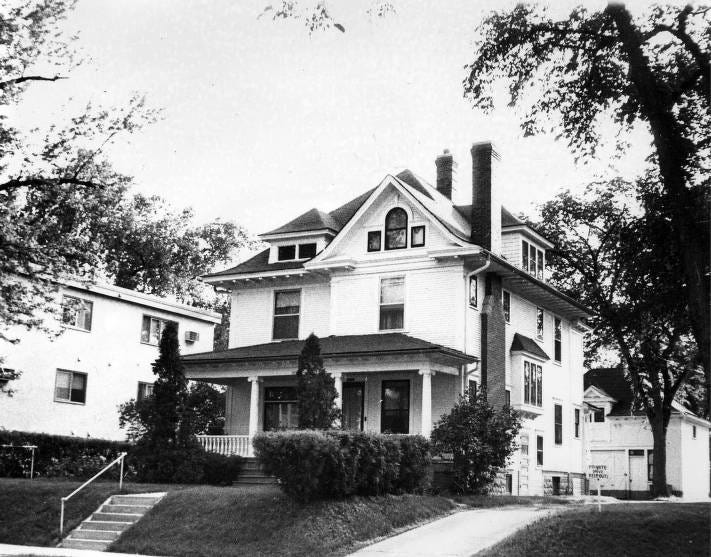

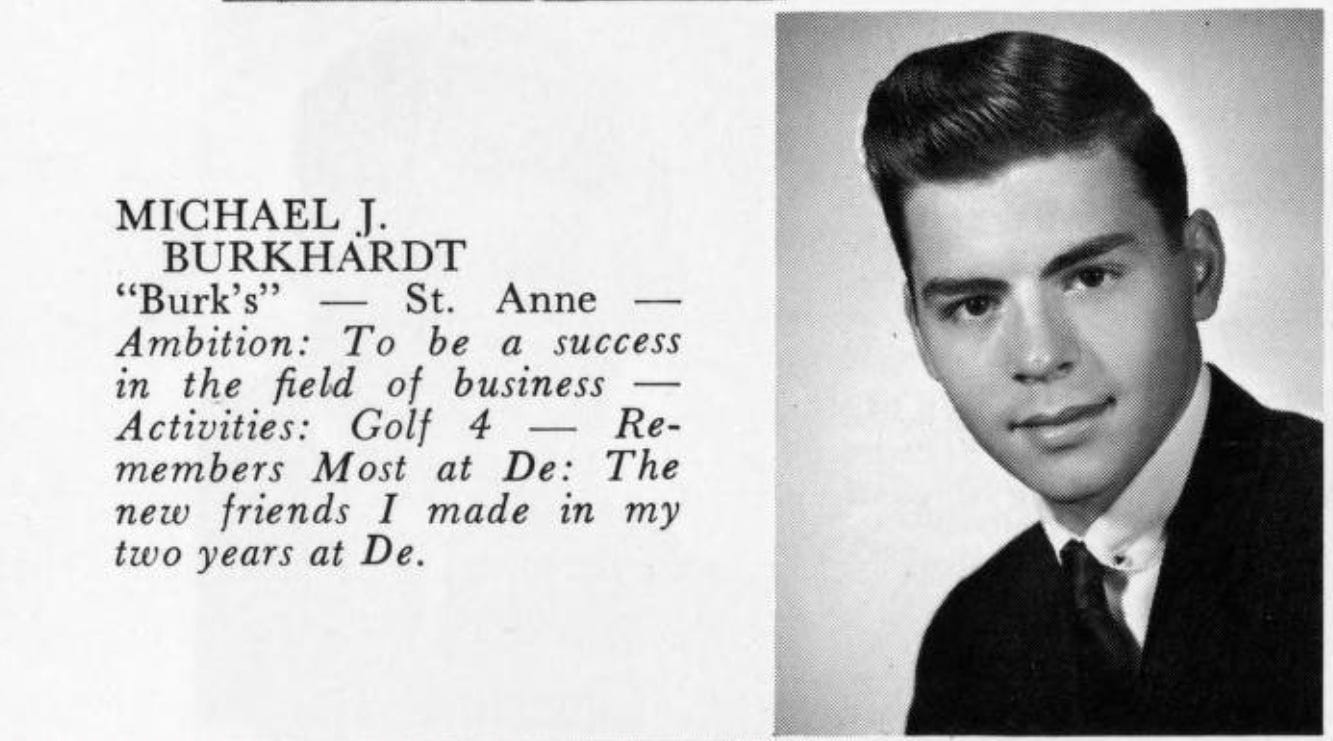
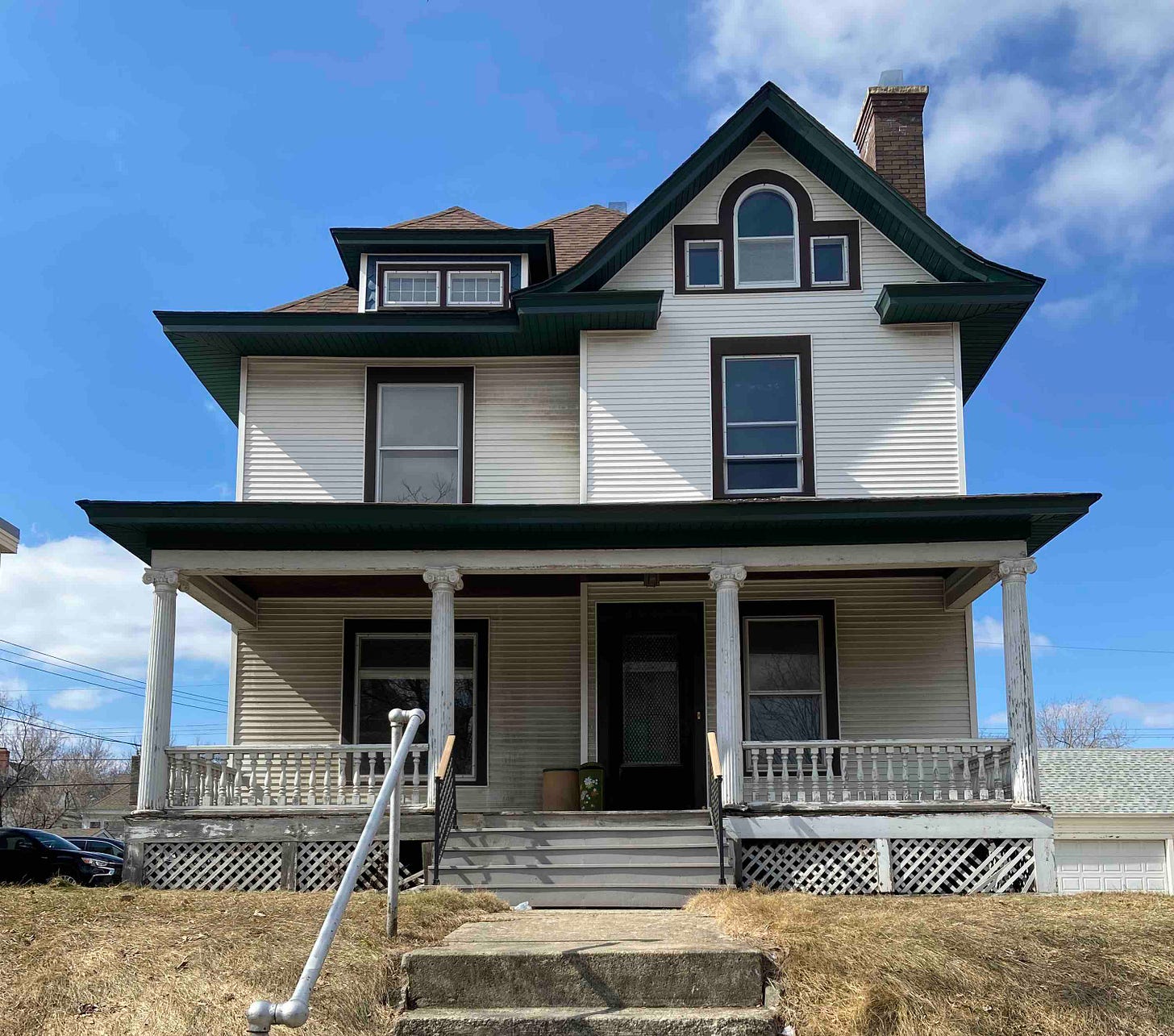

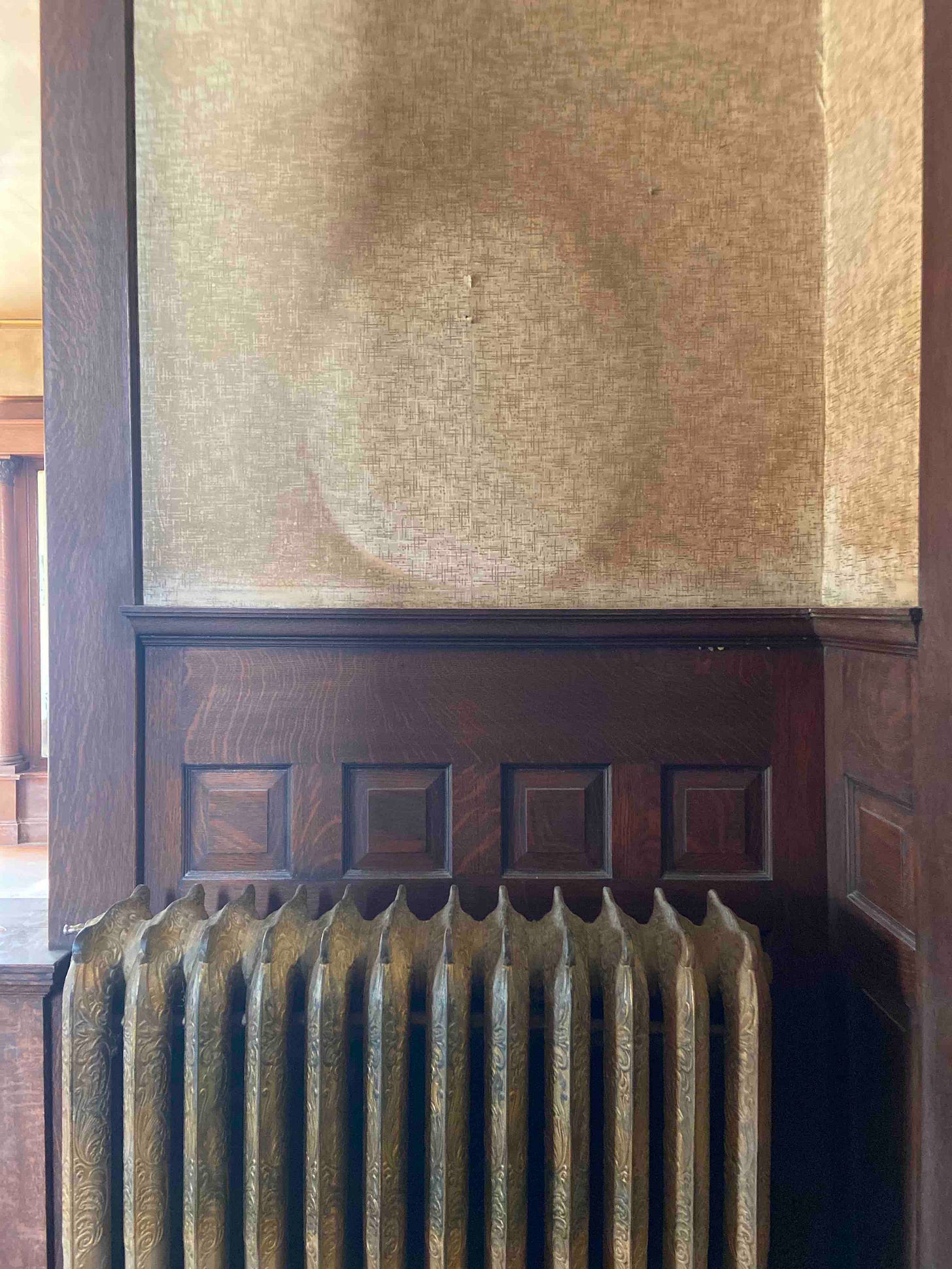

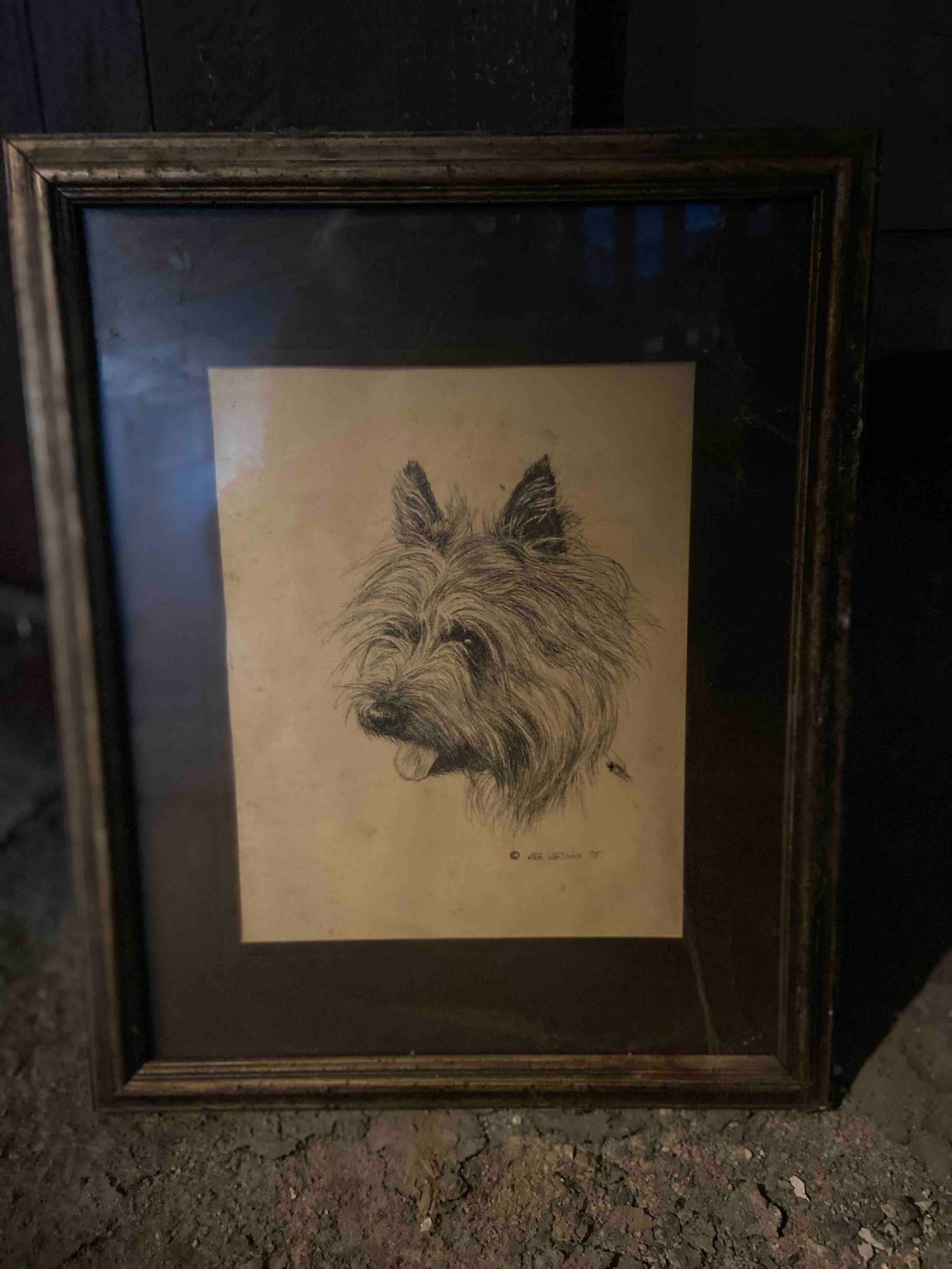


Wow. What a story.
Oh Molly, beautifully written. It’s a wonderful and very true story. Thank you for being so good to Lee and putting so much love and life into your home the neighborhood and community.